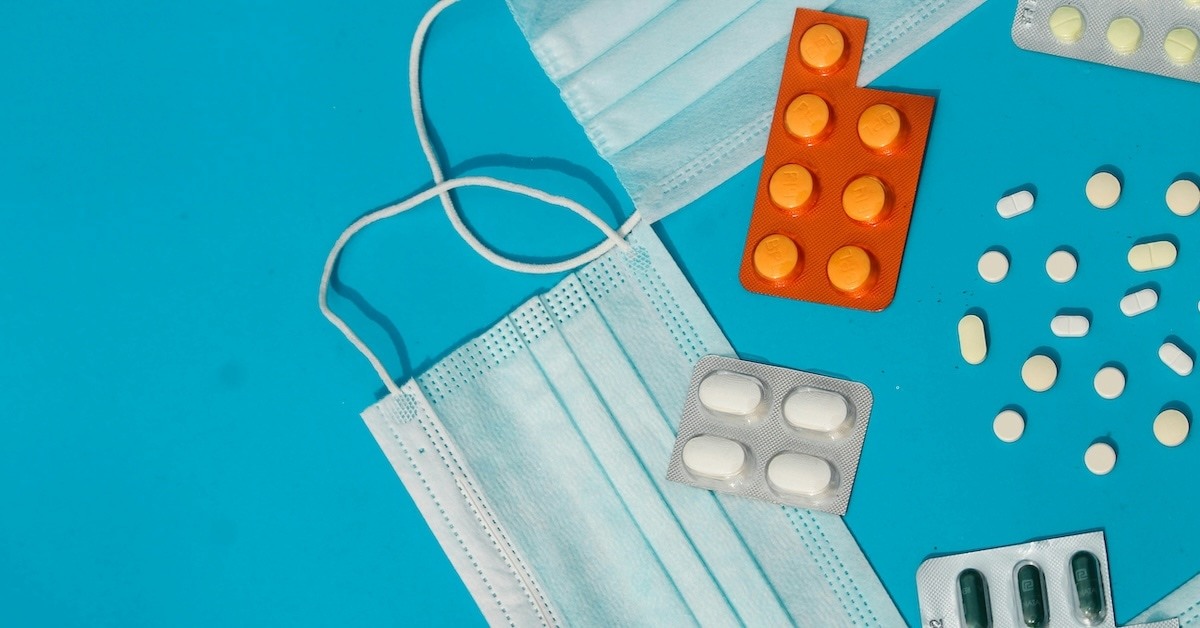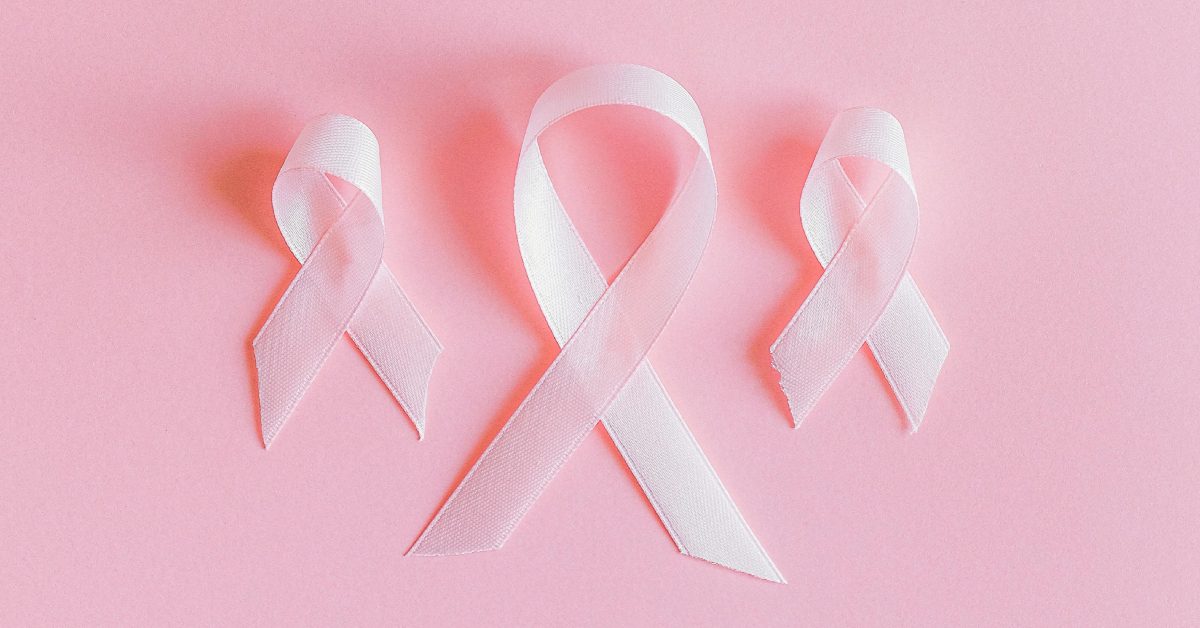BY: LBS STAFF
Published 2 hours ago

If you’ve ever wondered, “Am I getting tested often enough?” you’re not alone. Between work, school, hookups, and everything else life throws at you, it’s easy to lose track of when your next HIV or STI test should be. But regular testing is a cornerstone of sexual health, especially if you’re using PrEP or considering it.
Here’s a quick, no-stress guide to the best times to get tested, and why each one matters.

Before Starting PrEP
Thinking about starting PrEP? Step one is an HIV test. Since PrEP is designed to prevent HIV, it’s only safe to start if you’re HIV-negative. Your healthcare provider will run tests before giving you your prescription to make sure it’s the right tool for you. Mistr makes sure this process is as easy as possible with online consultations, at-home labs, and delivering PrEP. Consider this first test your baseline check-up: you’ll know where you’re starting, and your healthcare provider will know how to best support you moving forward.
Every Three Months While on PrEP
Once you’re on PrEP, testing doesn’t stop there. It is recommended that you get HIV and STI testing done every three months while using PrEP. These regular check-ins ensure that PrEP continues to work as intended and help catch any infections early. For people taking daily oral PrEP, this timeline also lines up with prescription refills. If you are using Mistr, these tests are built right into your routine alongside a consultation with a licensed physician. Think of these tests as routine maintenance, just like a dental cleaning or oil change, they keep everything running smoothly.
After a New Sexual Partner
Starting something new? Whether it’s a casual fling, a steady situationship, or something more serious, getting tested before and after you connect with a new partner is always a smart move. It helps you both start off on the same page about sexual health and gives you the peace of mind that you’re reducing risk right from the start. Even if you’re on PrEP and feel protected against HIV, remember that other STIs like chlamydia, gonorrhea, and syphilis are still in the picture, and regular testing is the best way to stay ahead of them. Also, consider using DoxyPEP to protect yourself from STIs while meeting new partners.
After a Potential HIV Exposure
If you think you may have been exposed to HIV, like a condom breaking, missing a few PrEP doses, or having sex with a partner whose status you’re unsure about, testing becomes even more important. In this case, don’t wait for your next scheduled test. Reach out to a healthcare provider right away to discuss your options. Acting quickly here can make all the difference.

HIV and STI testing isn’t just a box to check; it’s part of a healthy routine that keeps you and your partners safe. The key times to remember:
- Before starting PrEP
- Every three months while on PrEP
- After starting with a new partner
- After any potential exposure
Building these checkpoints into your life helps you take full advantage of the protection PrEP offers while keeping your sexual health in focus. No guilt trips, no stress, just a simple system that keeps you safer and more confident, whatever your sex life looks like.
About Mistr
Mistr is a gay-owned and operated online platform that brings together doctors, pharmacists, and industry minds to provide resources and PrEP to folks in need. Instead of relying on insurance providers to approve the purchase of PrEP, Mistr cuts out the middleman to help people get their prescriptions covered.










